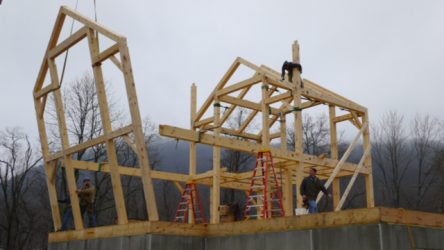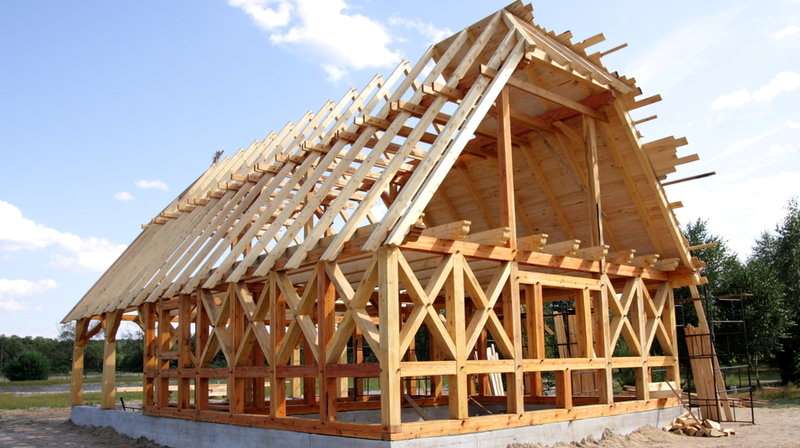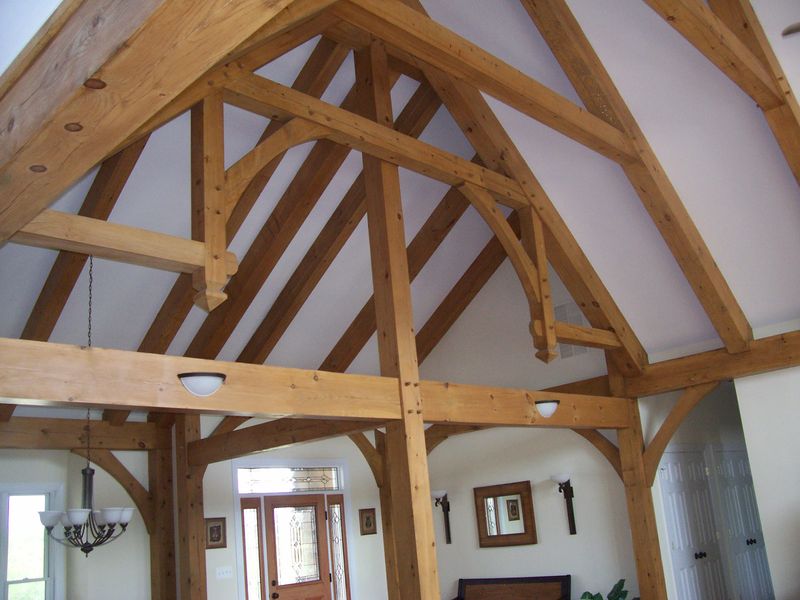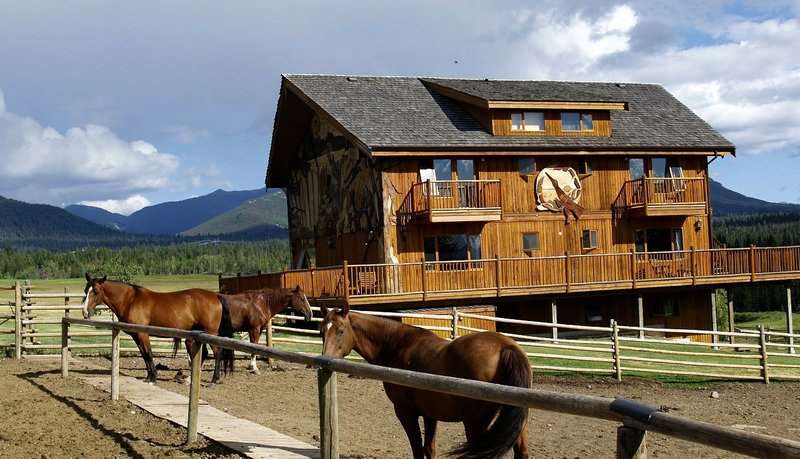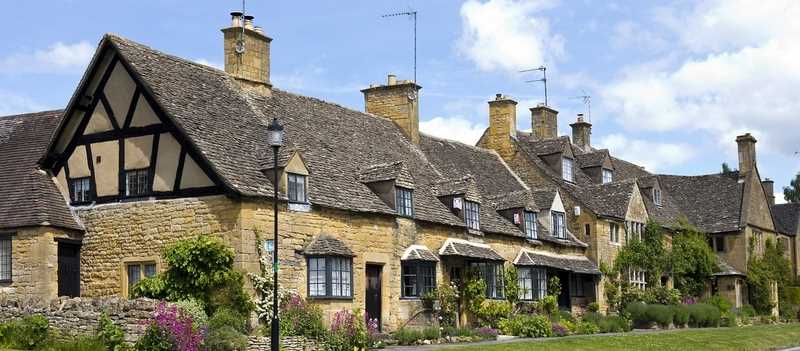
Historical timber frame construction goes back hundreds of years. Timberframe construction is one of the earliest techniques, and it is found in forested areas everywhere around the world.
In fact, although it is difficult to believe, the first historical timber frame construction efforts were seen between 500 B.C. and 200 B.C., when the mortise and tenon joint was invented.
Of course, through the years, improvements (like placing timbers on rocks instead of dug into the soil where they rotted) made timber framing even better.
Now timber frame buildings can survive for generations!
Timber Frames are Ageless

The art and craft of historical timber frame construction reached its peak during the Middle Ages, from the 15th through the 18th centuries. At that time most buildings were made of heavy timbers and beams.
There are still many beautiful churches, temples, barns, houses, and public halls from that era, that are still standing.
Others have been disassembled, and the timbers have been reused in another building. Unbelievably, some huge beams have a history of more than two or more buildings or homes.
Left: Centuries old building with historical timber frame construction, in Bad Wimpfen, Germany.
Modern Construction Techniques

As popular as timber framing was around the world, North American builders found a faster and easier way to construct buildings in the late 19th century—stud framing.
In addition to being less expensive, framing with studs, or stick building, did not require the same level of skill as timber frame construction.
And, as a result, the art and craft of building with magnificent timbers was all but forgotten, for years.
Timber frame home in Turkheim en Alsace.

However in the 1970s, interest in the forgotten craft was revived.
Modern timber frame structures combine function with the natural beauty of the large beams.
And they are more simple in design and structure—but they still have the beautiful joinery so typical of these homes.
Don’t you just love this narrow house in Bad Winpfen, Germany?
It’s another example of historical timber frame construction, where you can see the framing on the exterior.
No longer do the builders use ropes and pulleys to place beams in place, but modern frames go together with the help of large cranes and experienced workers.
But the strength and endurance of these marvelous structures remains the same. If you build one, you can expect it to endure for at least 500 years. And perhaps the timbers will be recycled into another family’s home at that time…

